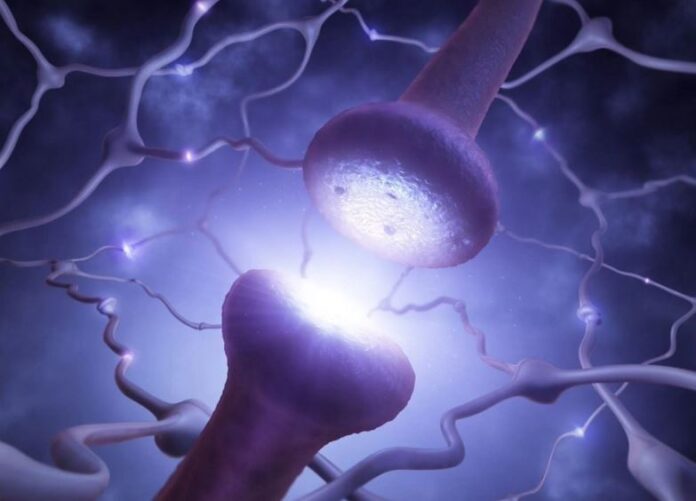Rochester, NY – Scientists at the University of Rochester are diving into a groundbreaking $1.5 million research project that could reshape our understanding of the human brain. The question at the heart of their investigation: Can neurons, the brain’s communication cells, transmit light signals like miniature fiber-optic cables?
Also Read: Vitamin D Emerges as a Powerful Ally Against Colorectal Cancer, Study Finds
The idea might sound like science fiction, but researchers are exploring whether axons—the long, slender branches of neurons—can carry ultra-weak photon emissions, in addition to the electrical signals long known to drive brain activity. Early studies have detected faint light emissions in brain tissue, sparking curiosity about whether this phenomenon plays a role in neural communication.
“If neurons can beam light to communicate, it could open entirely new avenues for treating brain disorders,” said Dr. Elena Vasquez, lead researcher on the project. “This could also inspire revolutionary brain-like computing systems that mimic these light-based processes.”
The implications are profound. Light-based neural communication could lead to novel therapies for conditions like Alzheimer’s or Parkinson’s, where traditional electrical signaling goes awry. It might also pave the way for advanced neuromorphic computers, which emulate the brain’s efficiency and adaptability using photonics rather than electronics.
Funded by a federal grant, the Rochester team will use cutting-edge imaging and photon-detection technologies to hunt for these elusive signals. While the research is in its early stages, the possibility of light-based brain activity has already ignited excitement in the scientific community.
“This is a bold leap,” said Dr. Vasquez. “If we’re right, it could redefine how we view the brain’s inner workings.” As the team embarks on this ambitious quest, the world watches to see if the brain truly holds a hidden glow.
Key Points: Can the Brain Beam Light?
- Innovative Research: University of Rochester scientists are investigating whether neurons can transmit light signals, potentially acting like tiny fiber-optic cables.
- Funding: The $1.5 million project, funded by a federal grant, aims to detect ultra-weak photon emissions in axons, the long branches of neurons.
- Early Evidence: Preliminary studies have observed faint light emissions in brain tissue, prompting further exploration.
- Potential Impact: If confirmed, light-based neural communication could lead to new treatments for brain disorders like Alzheimer’s and Parkinson’s.
- Technological Advances: The discovery could inspire brain-like, photon-based computing systems, revolutionizing neuromorphic technology.
- Research Methods: The team will use advanced imaging and photon-detection tools to search for these elusive light signals.
- Scientific Significance: The project could fundamentally change our understanding of how the brain operates.



